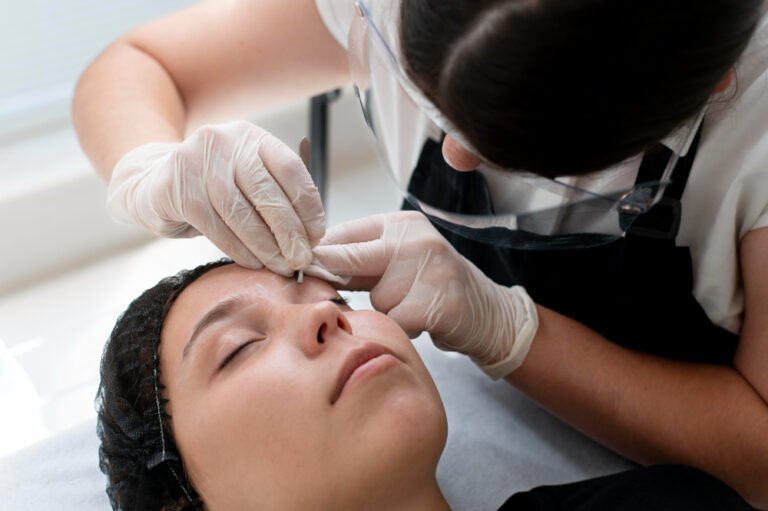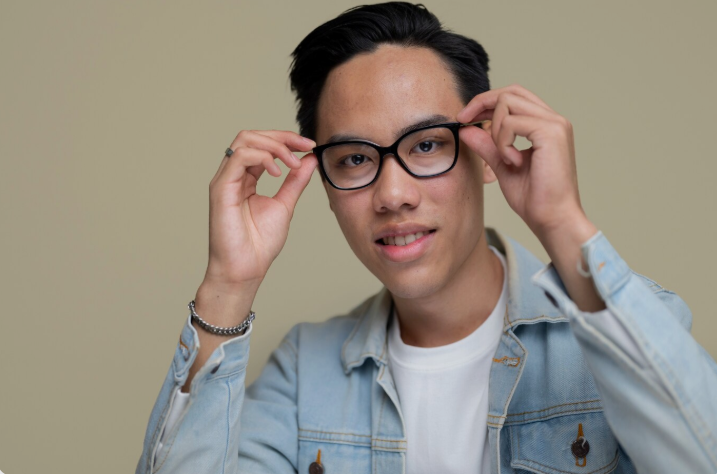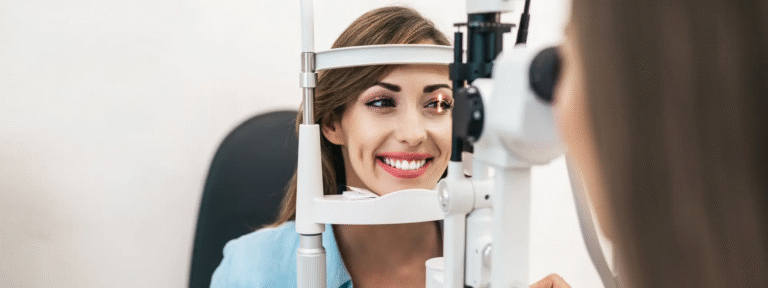How Korean Clinics Lead the Field in Precision Hairline Design
Korea is globally recognized as a leader in cosmetic surgery, and hairline correction is no exception. While hairline reshaping used to rely on basic surgical techniques, modern Korean clinics now use advanced tools, refined artistry, and patient-tailored approaches to ensure results that are natural, symmetrical, and long-lasting.
Below is a breakdown of the most cutting-edge techniques used in Korean hairline correction surgeries and how they deliver aesthetically superior outcomes.
🧠 1. Customized Hairline Design Based on Facial Ratios
Rather than using a “one-size-fits-all” template, Korean surgeons:
- Analyze facial golden ratios (1:1:1 or 1:1.618 rule)
- Consider forehead height, eyebrow shape, and bone structure
- Adjust hairline shape by gender, age, and ethnicity
🧑⚕️ Tools Used:
- 3D facial mapping systems
- Digital imaging software for simulations
- In-person sketching to match patient preferences
➡️ Why it matters: This ensures your new hairline looks balanced with your face—never too low, high, or artificial.
✂️ 2. Trichophytic Incision and Closure Technique (Minimized Scarring)
A widely adopted method in top Korean clinics, trichophytic closure involves:
- Making an incision just behind the natural hairline
- Trimming a thin sliver of skin at the incision edge
- Allowing hair to grow through the scar line
✅ Result: The incision scar is camouflaged by new hair growth, making the result nearly invisible.
🧬 3. Microscopic Follicular Unit Transplantation (FUT)
Korean clinics often combine scalp advancement with microscopic FUT, which involves:
- Extracting healthy hair follicles from the back of the scalp
- Carefully dividing them under a microscope into 1–3 hair units
- Implanting them in natural directions and angles along the hairline
🔬 Advantages:
- Higher precision in graft placement
- Natural variation in hair density
- Ideal for softening the transition between the forehead and hair
🔍 4. Advanced Follicular Unit Extraction (FUE) Using Automated Tools
FUE is a less invasive method than FUT. Leading Korean clinics now use:
- Robotic or motorized FUE tools with ultra-fine punches (0.6–0.8 mm)
- Minimal transaction techniques to protect graft survival
- No-stitch, minimal-scarring methods for faster recovery
✅ Especially ideal for reshaping M-shaped or asymmetrical hairlines with subtle, scar-free results.
🎨 5. Density Control & Directional Graft Placement
Korean surgeons meticulously control:
- The angle and direction of each transplanted follicle
- The spacing and density to mimic natural hair growth patterns
Hairline edges often require single-hair grafts placed at a sharp angle, while central areas may use 2-3 hair grafts for density.
🧑⚕️ Pro Insight: This technique is essential for avoiding the “pluggy” or artificial look seen in outdated transplants.
🛠️ 6. Use of Laser or Ultrasonic Tools for Graft Sites
Some clinics incorporate:
- CO₂ lasers or ultrasonic punch tools to create tiny, precise incisions
- These cause less tissue trauma and bleeding
- Help reduce healing time and promote higher graft survival
🧪 7. Platelet-Rich Plasma (PRP) Therapy as Adjunct
Korean surgeons frequently combine hairline correction with PRP injections, which:
- Use your body’s growth factors to nourish transplanted follicles
- Improve healing, reduce swelling, and accelerate hair regrowth
⚡ Added Bonus: PRP can stimulate dormant follicles, enhancing overall hairline density even beyond the surgical zone.
💡 8. Hairline Microblading or Scalp Micropigmentation (SMP)
In cases where minor asymmetries remain or patients want fuller effects without more grafting:
- Microblading: For soft, fine strokes that mimic baby hairs
- SMP: Uses pigments to give the illusion of hair density, especially around the temples
These are often done post-surgery for refinement.
📊 9. AI-Assisted Design & Robotics (Emerging in Korea)
A few high-end Korean clinics are piloting:
- AI-based design analysis to simulate ideal hairline shapes
- Robotic arms to assist with FUE extraction and implantation
👁️ These innovations aim to reduce operator fatigue and increase consistency, though they are still under selective use.
🧭 Final Thoughts: Why Korea Leads in Natural-Looking Hairline Correction
| Feature | Korean Approach |
|---|---|
| Design | Highly personalized with facial analysis |
| Tools | Laser, AI, microsurgical instruments |
| Techniques | Trichophytic closure, PRP, FUE/FUT hybrid |
| Artistic Graft Placement | Angled, single-hair edge work |
| Scar Management | Invisible or near-invisible techniques |
| Aftercare | PRP, SMP, and detailed post-op protocols |
Korea’s success lies in its combination of medical precision, aesthetic understanding, and technological advancement. Whether you’re correcting a naturally high hairline, addressing past hair loss, or simply looking for better facial balance, these advanced techniques deliver results that blend seamlessly with your natural features.




